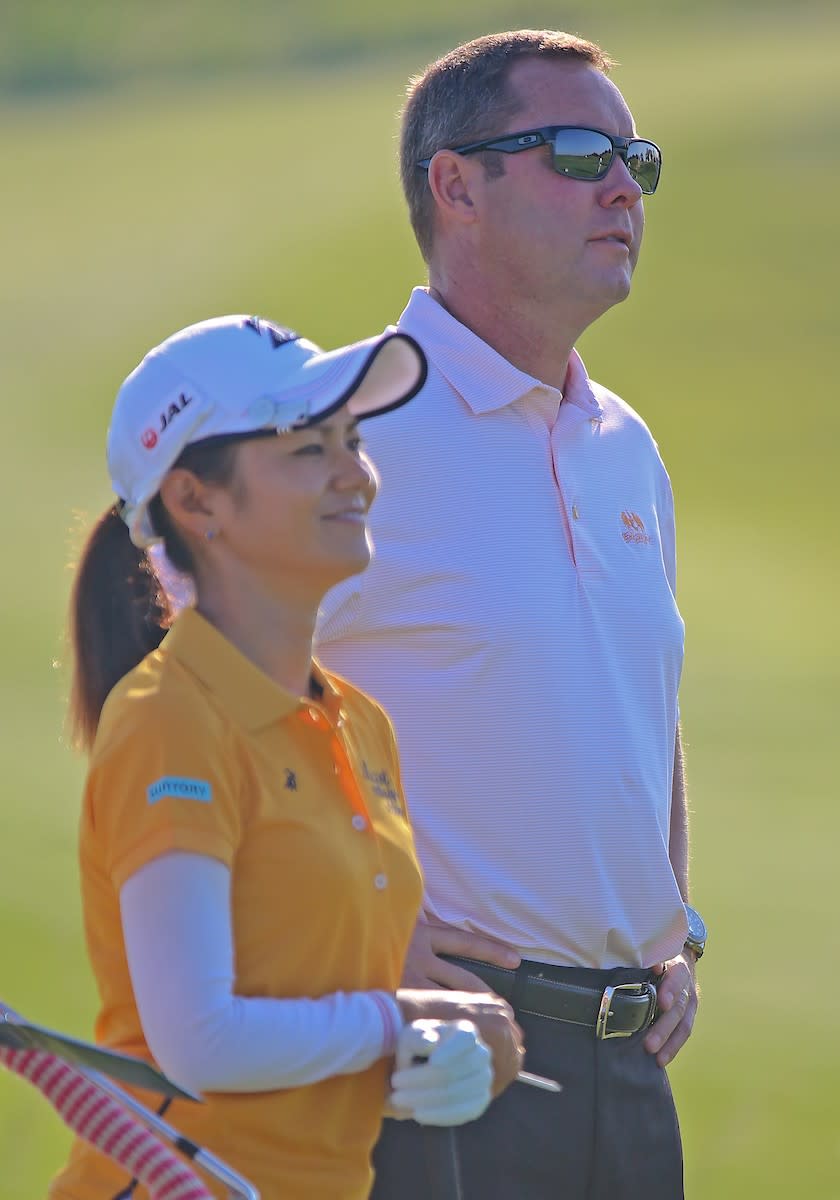LPGA seeks to expand its global footprint

The global reach of the LPGA soon could become even more international.
That’s saying a lot, given the LPGA’s dramatic evolution in recent years to holding more tournaments far beyond the borders of the tour’s American base. In 2019, 12 of 32 events are being contested in 11 countries other than the United States.
This week, the best women golfers in the world are competing at the BMW Ladies Championship in South Korea, hotbed of the sport and home to four of the current top 10 in the Rolex Rankings, including No. 1 Jin Young Ko.
While LPGA players are competing in Asia, those trying to earn 2020 tour cards are in Pinehurst, N.C., this week and next for the eight-round LPGA Q-Series.
But the most intriguing development for women’s professional golf might be what has been happening off the course lately: serious talks among LPGA and Ladies European Tour officials about a cooperative relationship to strengthen both circuits.
“This summer, the LPGA and LET began discussions about a true partnership,” LET board chair Marta Figueras-Dotti wrote in a letter last week to her tour’s players, “where we would work together to build stronger tour schedules, create more financial stability, and deliver a Ladies European Tour that could offer its members significantly more opportunities to compete, earn an income and advance their professional career.”

In a statement about the joint-venture discussions, the LPGA and LET said: “The letter made it clear that there is real interest from both parties, but at this point neither is ready to disclose specifics and/or share any announcements … the goal is to complete the terms of this proposed Joint Venture in the weeks ahead, in order to present the new structure to LET players at their annual membership meeting on Nov. 26 in Spain.”
Over the past decade, the LPGA, led by commissioner Mike Whan, has persevered and grown by going where the sponsorship dollars have been. Now, if these negotiations come to fruition, the nearly 70-year-old organization will be getting involved in an arena where tournament support has been hard to come by.
Europe’s thrilling victory over the U.S. in the 2019 Solheim Cup at Gleneagles – thanks to a one-for-the-ages, clutch final-hole putt by Suzann Pettersen – was but a temporary balm for a tour that has suffered in recent years. The LET schedule has consisted of 20 or fewer events in the past three seasons, a nadir of 15 tournaments last year and only 20 in 2019.
Total prize money is a fraction of LPGA purses, with a large percentage coming from the two major championships co-sanctioned by the LPGA, the Evian Championship and AIG Women’s British Open. Carlota Ciganda of Spain, who plays on the LPGA, leads the 2019 LET money list with €247,669 (about $275,425), the bulk of that money earned in the Evian and Women’s British.
One of Whan’s goals, still unrealized, is to get LPGA purses up to a point where middle- and lower-rung players are doing much better than scraping out an existence. The reality is much brighter on the LPGA versus the LET: The 60th-ranked LPGA golfer has earned $304,047 so far in 2019; Silvia Banon, No. 60 on the LET money list, has won only €26,156 (about $29,100).
Discussions have been on and off between the LPGA and LET for several years, the latter earlier this year attempting to reinvigorate on its own before coming back to the table during September’s Solheim Cup.
Despite the harsh financial reality, it must be hard for the LET to let go of its independence. After all, it was founded in 1978, just as European male professionals were arriving at the on-ramp of a great run that launched a seismic shift in the balance of power in the elite game. European women, led by England’s Laura Davies and others, followed suit, and the Solheim Cup developed into an exciting part of the women’s game.
By the time the LET began, though, the LPGA had been in existence for nearly 30 years as the premier place for female golfers. Over time, continental loyalty could not trump more events for more money – and a more basic desire of the best golfers in Europe to test themselves against the best in the world.
Whan has made few missteps since taking the LPGA helm in early 2010, stabilizing a tour in crisis from a bad economy and misguided leadership and finding growth where growth was possible.
It will be fascinating to see details emerge about the LPGA-LET collaboration, but in the broad new world of pro sports, a joint venture could be beneficial to both organizations.
